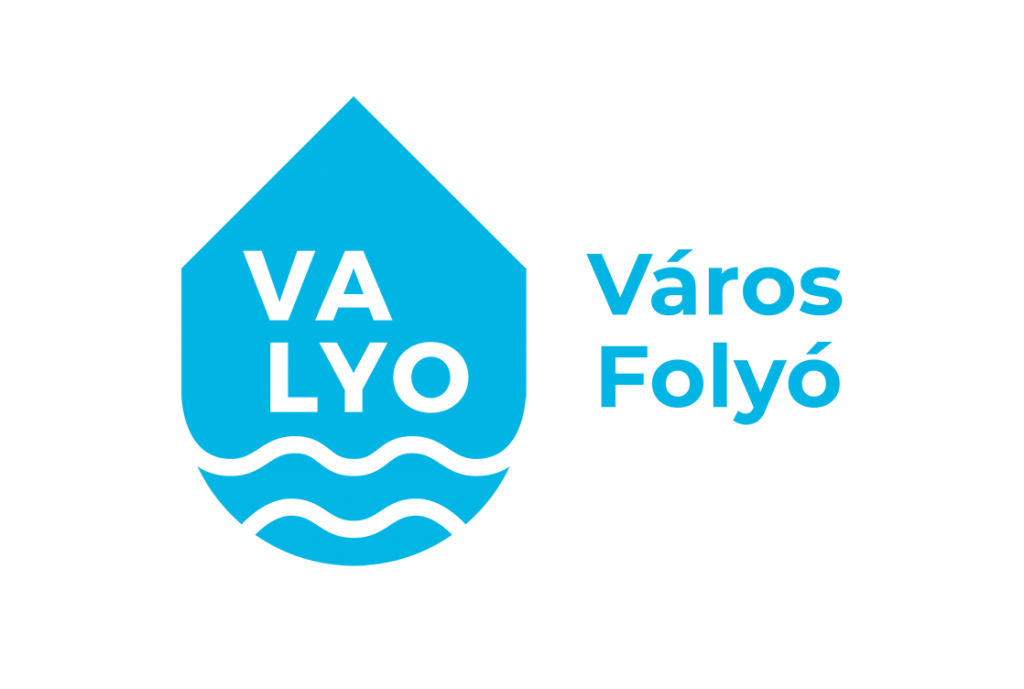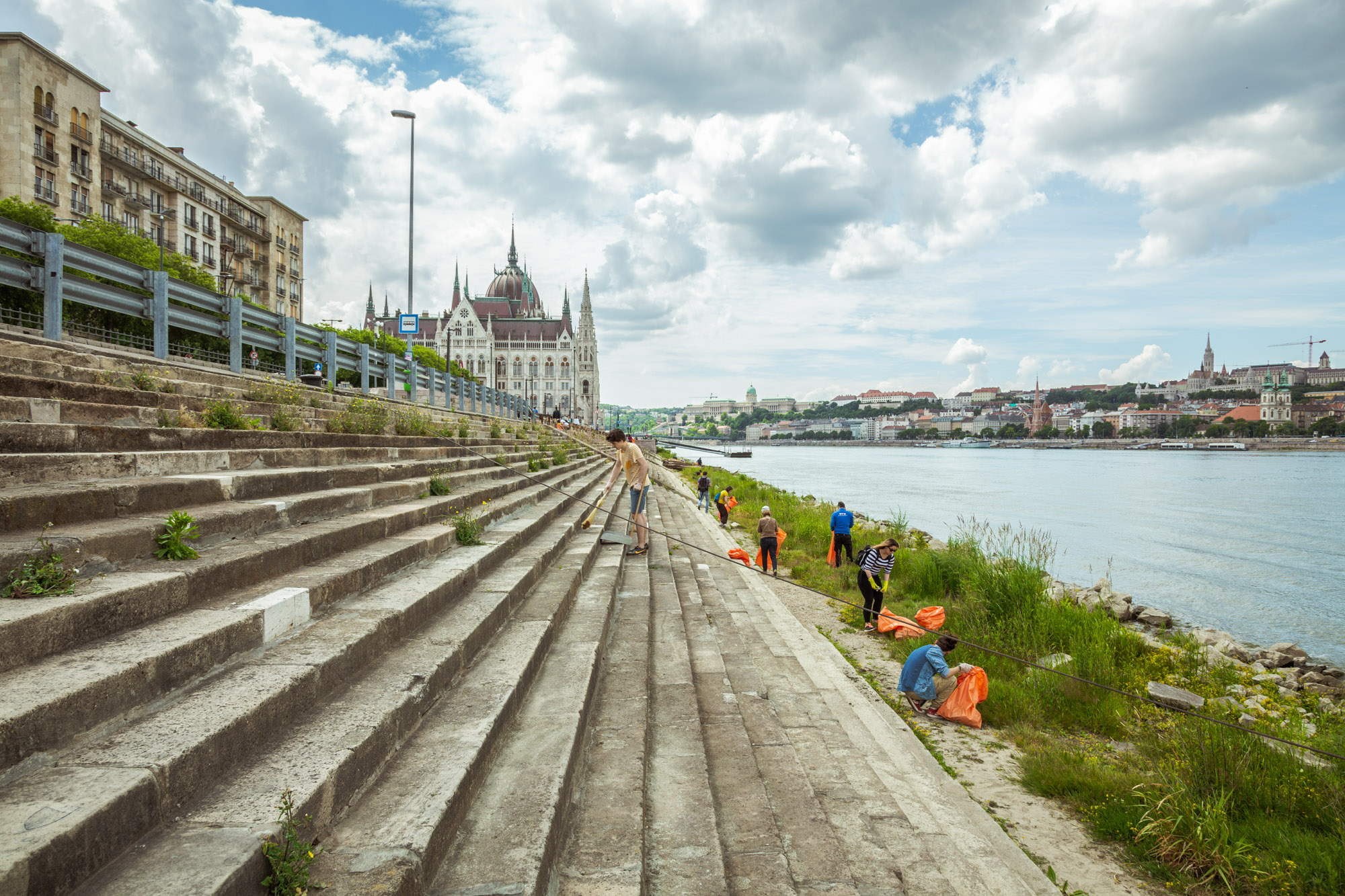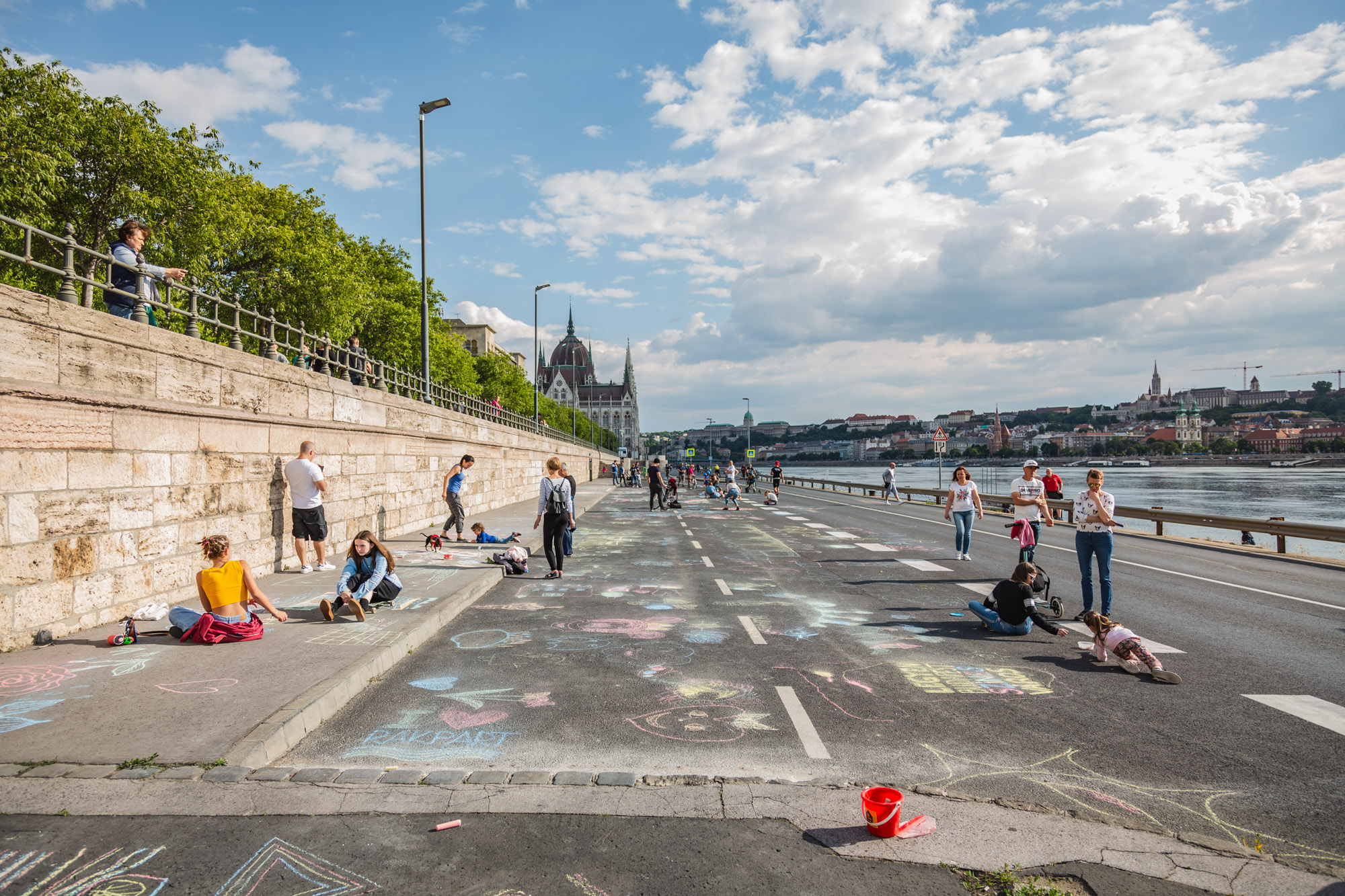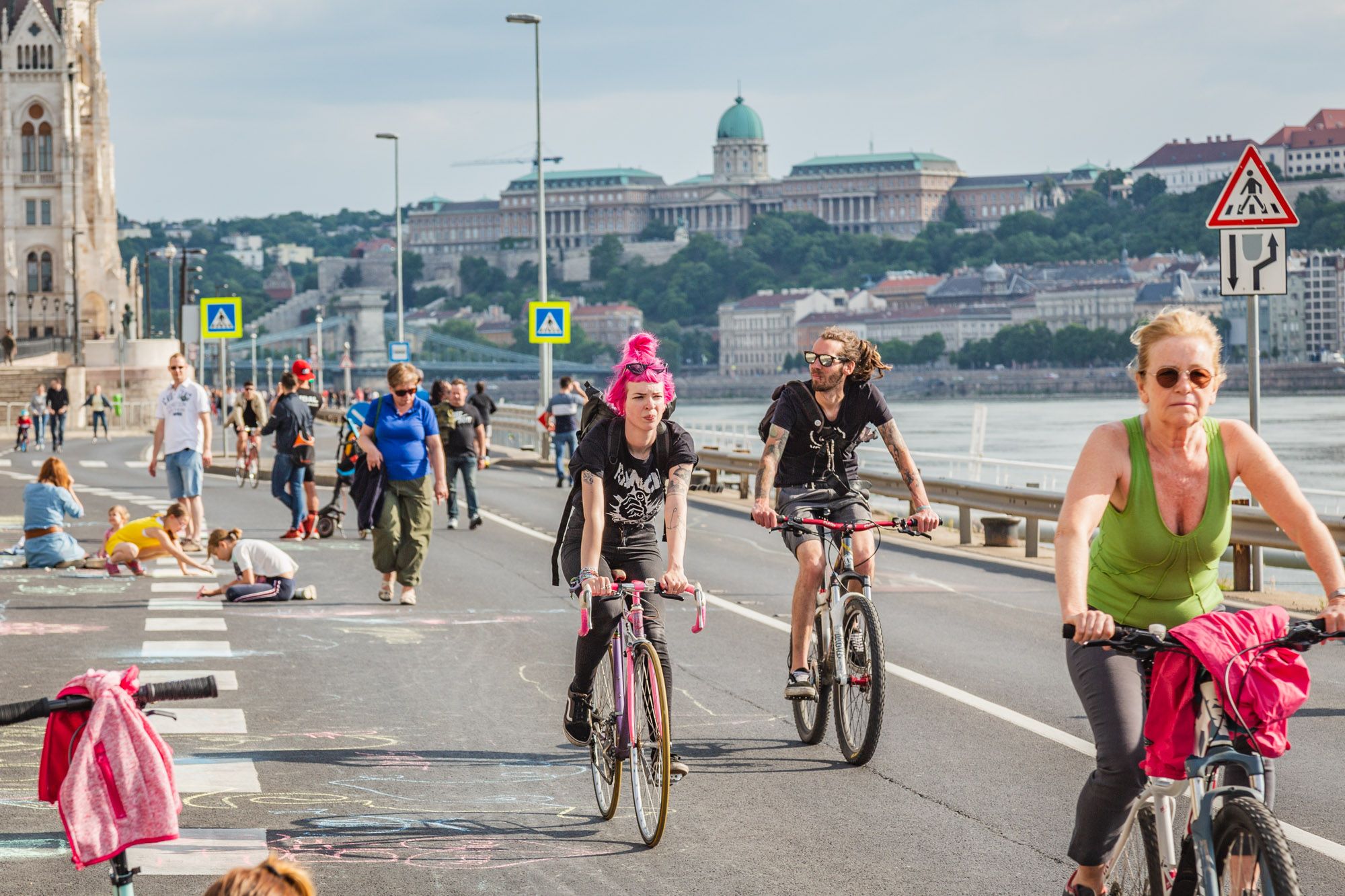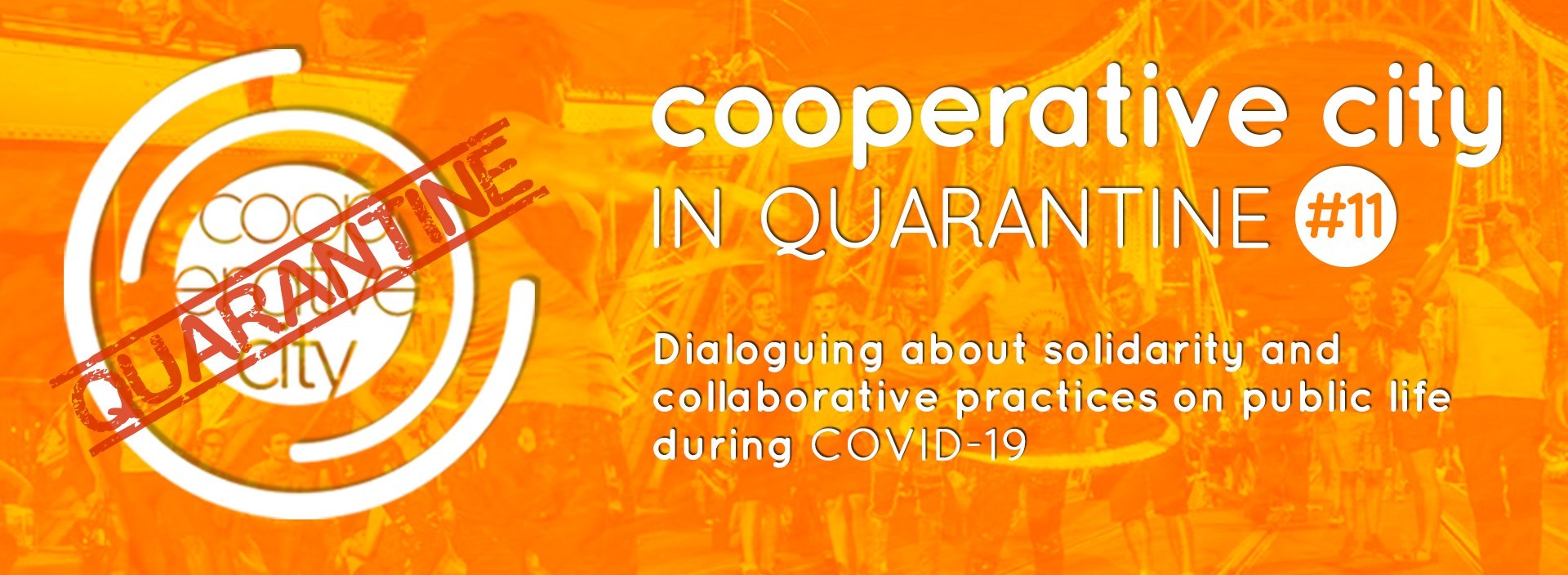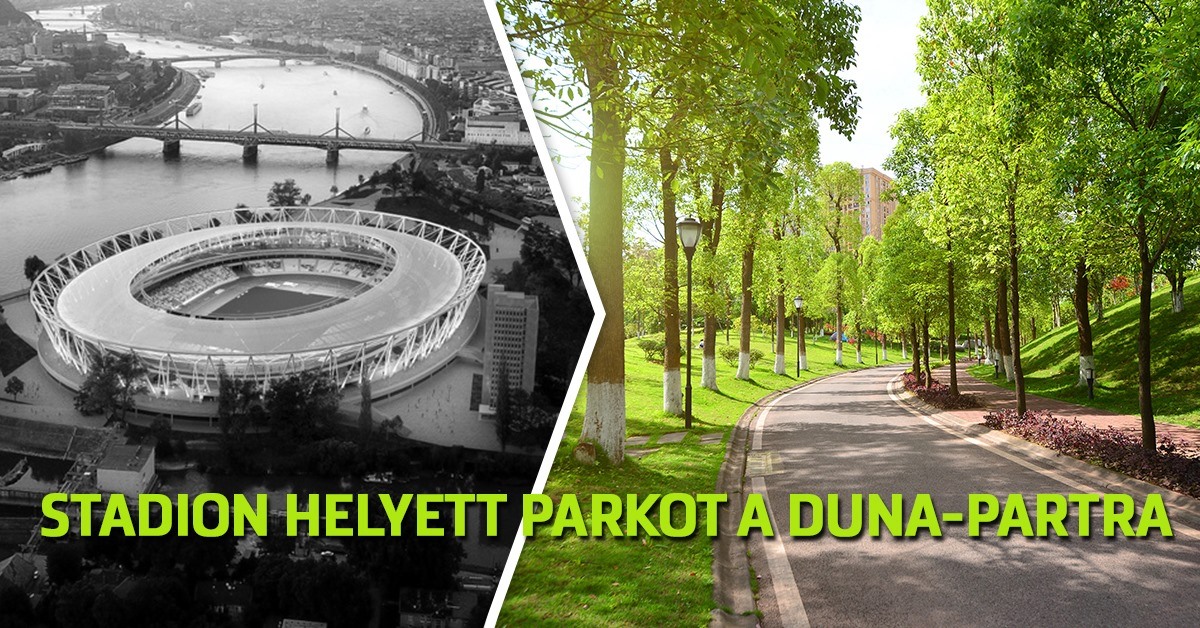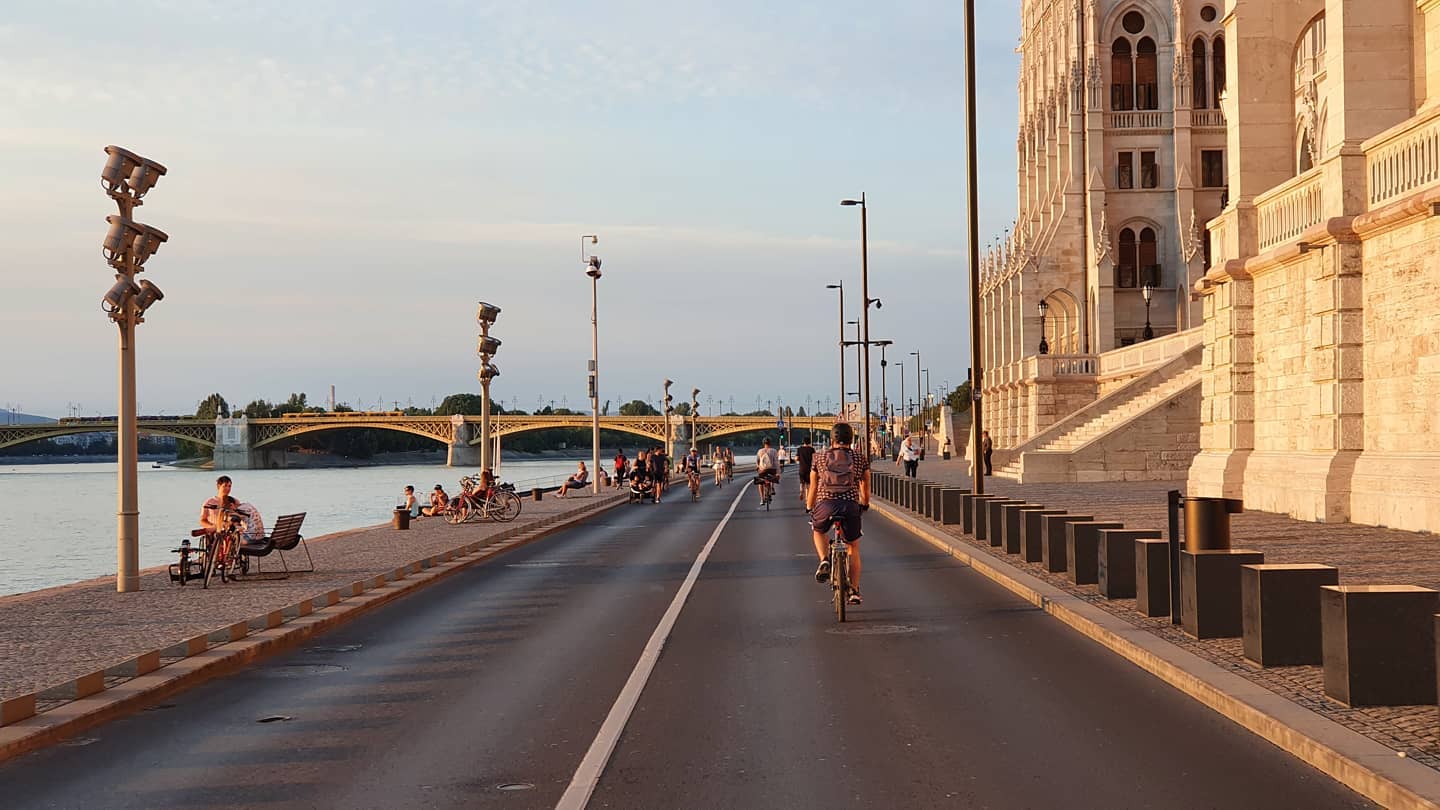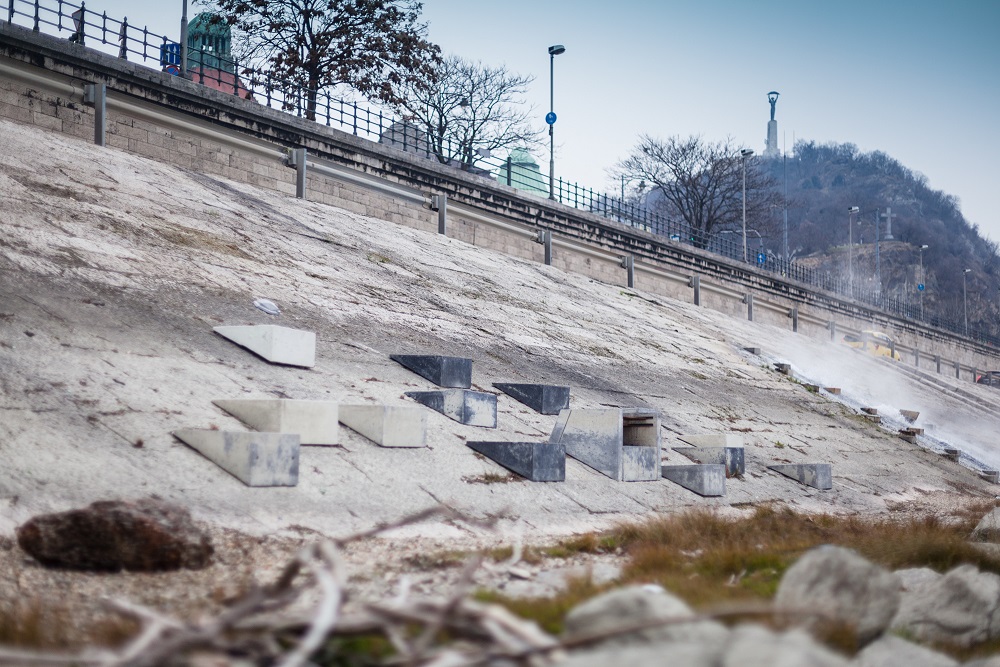We submitted old and new project proposals regarding the revitalization of the Danube river bank for a design contest in the frame of Budapest’s first participatory budgeting. In case the ideas are considered feasible by the local government, citizens of Budapest can vote for them in the spring. This is the first participatory budgeting programme, hence we are curious what comes out of it. We were happy to see that it is important not only for us that the Danube bank should be dedicated to pedestrians and cyclist and serve as a waterside location for as many recreational areas as possible, thus the case of the Danube bank appears in several other ideas as well.
Let’s take a look at our ideas on the Danube focusing on the Buda quay and the utilization of Szabadság híd (Liberty Bridge) as a public space.
Seating on the slope of the Danube
Many people use the quays at the stepped parts. Meanwhile, sloped parts are difficult to seat on. For more intense use of these sites, VALYO came up with the idea of Fiches (Ficcenések) at the Beton Workshop. Flood proof concrete elements can be used as seats, tables or stairs, while a few elements can be featured with extras (grill, drinking troughs for dogs).
The element fixed to the slopes with concrete adhesives does not damage the embankment structure and does not spoil the heritage view, but at the same time it adds a new function and use to the site, which can be suitable for a long-term network.
Such areas may be:
Buda: to the north from Margaret Bridge, to the south from Liberty Bridge (as it is currently), to the north from Petőfi Bridge.
Pest: to the south from Liberty Bridge, to the north from Margaret Bridge.
In connection with this, we recommend convening the Budapest Danube Waste Forum, as the disposal of rubbish brought into the area by the Danube or left by users is not solved at present, and there is no rubbish in the entire quay area and there is no solution for its disposal.
More crosswalks to the Buda quay!
The car traffic on the Buda side of the Danube bank will probably stay with us for a long time. In the settlement development strategies of districts XI., I. and II. show the need to strengthen the connection with the Danube bank. Between the Rákóczi and Árpád Bridges, there are several stepped and sloping quay sections used by many, where you can get closer to the waters of the Danube and enjoy the quieter, river-scented parts of the city. Currently, however, only a few crosswalks are available for pedestrians to reach the waterfront safely. This intervention would fundamentally change the connection between the city and the Danube on the Buda side.
Crosswalks are needed in these places: the northern part of Margaret Bridge, Clark Adam Square, the northern part of Szabadság híd (Liberty Bridge), György Goldmann Square, ELTE Lágymányosi area.
The most important of these is the one connecting the stairs on the north side of the Margaret Bridge, as it leads to a well-trodden section of the Danube.
Trash cans to the middle of Szabadság híd (Liberty Bridge)
Whether it is open or closed, youngsters sit in the middle of the Liberty Bridge in the evenings. Because of the continued use of the Liberty Bridge, it is important that garbage is finally disposed of in the middle of the bridge and at the entrances to the bridge, a total of eight.
Chill on hammocks
Hammocks have recently become the symbols of free city use and easy relaxation. The iconic elements of the Szabihíd (Liberty Bridge) are the hammocks made by the visitors and hitherto provided by the Valyo Association, stretched on the elements of the bridge.
We want to further develop hammock relaxation in the city: first, with test hammocks on the opened Liberty Bridge and at Római-part (Roman coast). 20-30 durable, easier-to-clean hammocks made by playground equipment manufacturers, which we would try on the well-known support columns of the Liberty Bridge.
After the weekend summer use, hammocks could be placed in popular parks, smaller or larger parks, together with maintainers and users to test where would be the best place in the city in the long run on a permanent basis.
